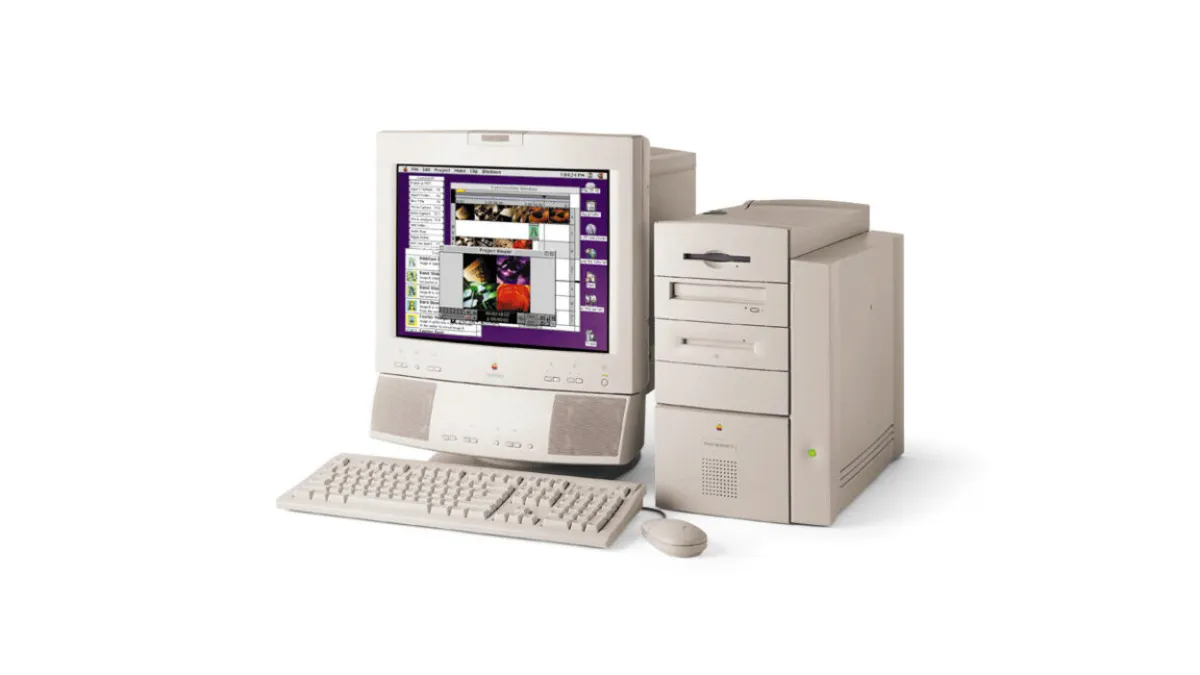
On Tuesday, renowned software engineer Doug Brown made headlines by revealing a long-lost Easter egg embedded within the ROM of the Power Mac G3. This hidden gem—a photograph of the development team—had eluded enthusiasts for an astonishing 27 years. Although Pierre Dandumont first documented the JPEG image in 2014, the method to access it remained a mystery until Brown's dedicated reverse engineering efforts shed light on the activation process.
Brown's journey into the depths of the Power Mac G3's ROM began with a hex editor tool called Hex Fiend, which he used alongside Eric Harmon's Mac ROM template. This exploration revealed resources stored within the beige Power Mac G3 models released between 1997 and 1999. "While I was browsing through the ROM, two things caught my eye," Brown shared. He stumbled upon the HPOE resource containing the JPEG image of the team and a set of intriguing Pascal strings in the PowerPC-native SCSI Manager 4.3 code. These strings included phrases such as .Edisk, secret ROM image, and The Team, which ultimately provided the crucial clues needed to unlock the image.
After extracting and disassembling the code using Ghidra, Brown discovered that the SCSI Manager was programmed to check for a RAM disk volume named secret ROM image. Upon detecting this volume, the code would create a file titled The Team, which contained the hidden JPEG data. This significant breakthrough led Brown to share his findings on the mac68k IRC channel, where a user named Alex quickly identified the activation method.
To reveal the hidden photo, users must follow a series of steps: enable the RAM Disk in the Memory control panel, restart the computer, select the RAM Disk icon, choose Erase Disk from the Special menu, and type secret ROM image into the format dialog. Once these steps are completed, double-clicking the resulting file will open it in SimpleText, unveiling the long-concealed team photo. Brown detailed this procedure on his blog, providing a clear guide for those eager to uncover the hidden treasure.
This discovery represents one of the last undocumented Easter eggs from the pre-Steve Jobs return era at Apple. Brown notes that the Easter egg functions through Mac OS 9.0.4 but seems to have been disabled in version 9.1, coinciding with Jobs' well-known ban on Easter eggs upon his return to Apple in 1997. This leads to speculation about whether Jobs was ever aware of this particular secret.
In his blog post, Brown expressed a desire to connect with the Apple employees featured in the hidden photo. This wish was quickly realized when a user named Bill Saperstein identified himself as the leader of the G3 team, appearing fourth from the left in the second row of the image. Saperstein commented, "We all knew about the Easter egg, but the technique to extract it changed from previous Macs, although the location was the same." He also shared insights about the development process, noting that the G3 team's project was originally a skunk works initiative, which later evolved into the groundbreaking iMac series.
In his remarks, Saperstein emphasized the talent and dedication of the team, stating, "The team was really a group of talented people (both hardware and software) that believed in the architecture I presented." He highlighted how, after a year of behind-the-scenes work, the project caught the attention of Jon Rubenstein, leading to its presentation to Steve Jobs—a moment that would mark a significant turning point in Apple's history.